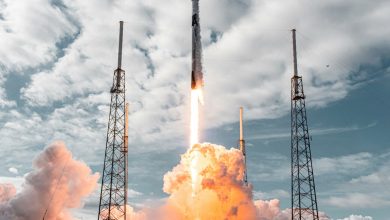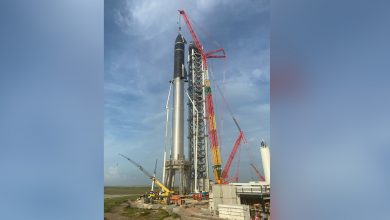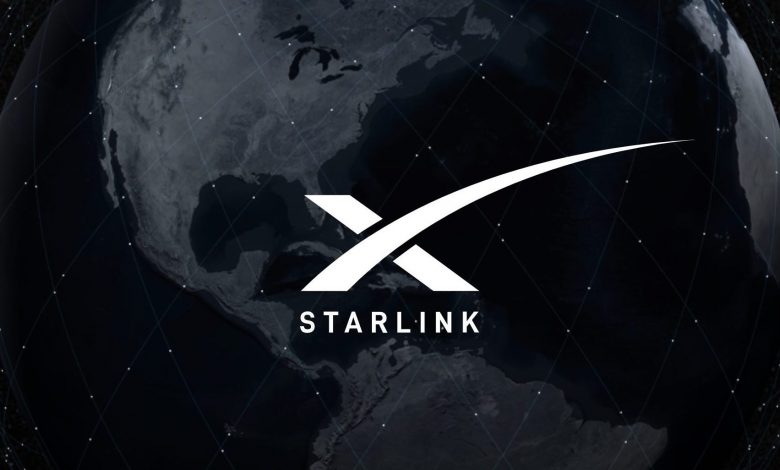
Space Exploration Technologies Corp.’s (SpaceX) Starlink, satellite internet service Starlink, is on its way to spread satellites for enabling worldwide coverage, bring internet onboard popular commercial airliners and demonstrate consistent revenue growth. Additionally, the company has no plans for an initial public offering (IPO) for Starlink, despite some rumors claiming that it might go public via a special purpose acquisition company (SPAC).
These details come through an interview given by SpaceX’s president and chief operating officer, (COO) Ms. Gwynne Shotwell, and a series of tweets by the company’s chief executive, Mr. Elon Musk, as the pair look forward to testing their company’s largest rocket built to-date.

Starlink’s Global Coverage Will Exclude Polar Regions and Be Dependant On Earth Stations For Initial Service Rollout
In an interview given to the National Space Society yesterday, Ms. Shotwell reiterated that Starlink is on its way to achieving global coverage. Her comments came after she made similar statements at the Macquarie Group’s 2021 technology summit earlier this week, where she had outlined that Starlink should achieve global coverage by September once all the satellites SpaceX has launched reach operational orbit.
During her National Space Society talk, the executive built on these statements as she outlined that:
. . . .we will have full continuous global coverage based on the last launch that we had of the Starlink satellites, and then once they get to their operational position. So roughly six or so weeks from now we will full global continuous coverage of the Starlink constellation. Which should really help people that are under or unserved get broadband internet where they can really participate in a digital economy. And digital schooling. And digital medicine. There’s so many applications for that capability.
This coverage will depend on the ground stations required by the current generation of satellites in orbit. These stations complete the link between the service user, the satellites and internet data centers. So far, in addition to providing coverage in the U.S., Starlink has connected users in Germany, England, New Zealand, Australia, Canada and other European countries, with users from Germany reporting some of the strongest speed test results.
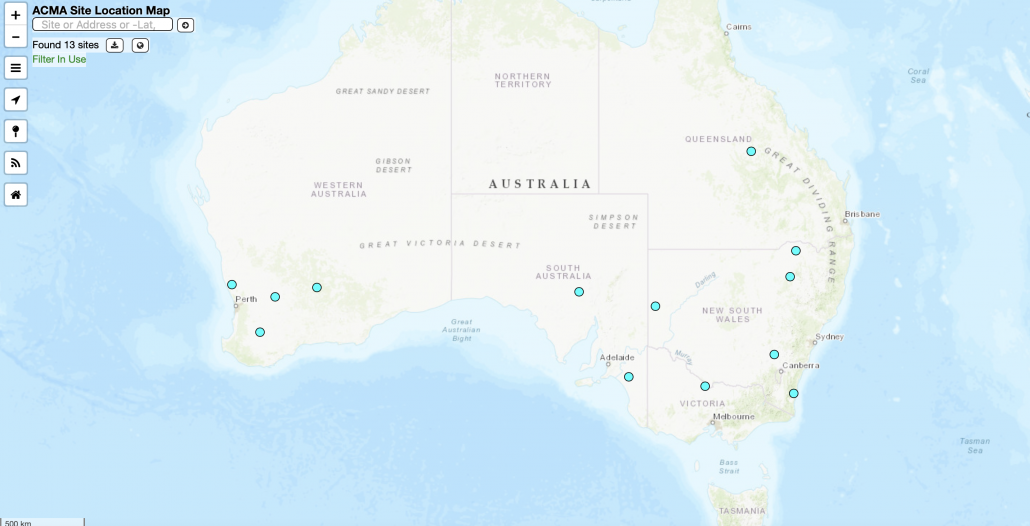
Building up statements made by Shotwell, Musk tweeted out late Friday evening that all of Starlink’s orbital planes will activate in August. An orbital plane is defined by the angle of rotation (inclination) of a satellite’s orbit, which is made with reference to the equator. For instance, a satellite orbiting the center of the Earth will have a 0° inclination, and one which across the North and South poles during its journey is likely to have an inclination of 90°, for what is generally referred to as a polar orbit.
The executive elaborated that:
All 72 orbital planes activate in August, plus many other improvements, enabling global coverage, except for polar regions, which will take another 6 months
Starlink is designed to use the 72 orbital plans at different altitudes for its first shell of satellites, which should be full soon, as Shotwell and Musk have emphasized. This is the first of seven orbital shells which the service will use, and the satellites in it will be succeeded by those with onboard lasers that will remove the need for ground station presence.

In-flight Coverage To Target Boeing 737 and Airbus A320 Outlines Musk – Starlink Revenue Estimate Highlights Difficulty Of Cash Flow Positivity
SpaceX has several plans for Starlink, which include providing internet connectivity to users in rural and far-flung areas, using its revenues to fund the development of the Starship next-generation launch vehicle system, enable remote datacenter connectivity and provide in-flight internet coverage to airliners.
The last of these has generated considerable public interest, and Musk also shared more details for these plans. According to him, the largest determinant of in-flight internet coverage through Starlink is securing regulatory approval since SpaceX has to secure different permits for each kind of aircraft involved.
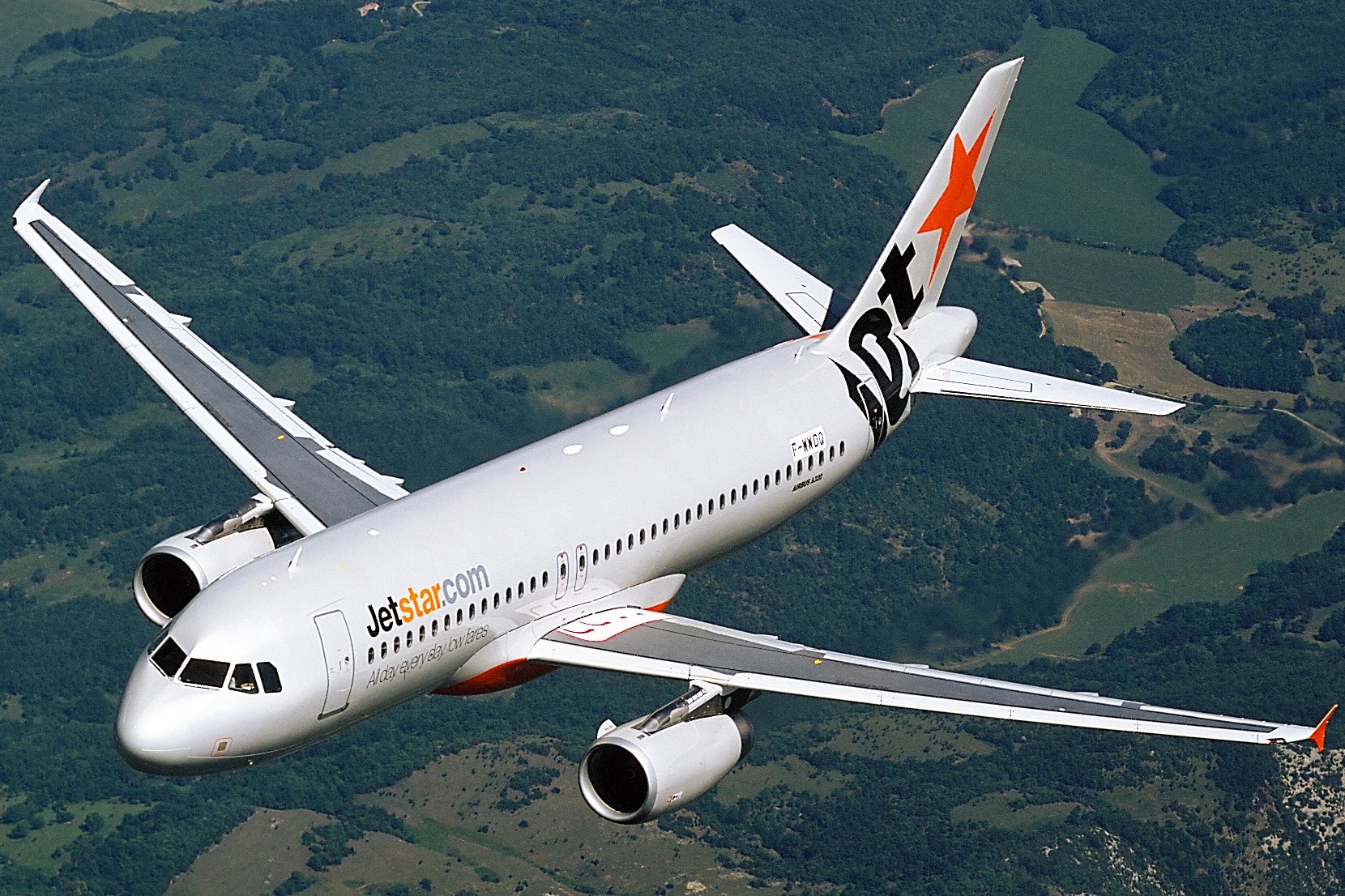
Details for in-flight wifi were first shared by the company’s vice president of Commerical Sales, Mr. Jonathan Hofeller, earlier this month when he confirmed that Starlink was being tested for this use case. Musk provided more details for the matter, as he elaborated that Starlink in-flight WiFi development tests are being conducted on a Gulfstream jet and that the first two aircraft which will provide the service will be Boeing’s 737 and Airbus’ A320 since they ferry the highest amount of people all over the globe.
Musk also revealed that in a month and a half, Starlink has added roughly 20,000 users. During a live broadcast of the 25th Starlink launch in May, broadcaster Shiva Bharadwaj revealed that 50,000 users had signed up for the service. Now, according to Musk, the figure has crossed 69,420 users, demonstrating strong growth for a service still in its beta stages.
Excluding the price of a user terminal, this implies that as the second quarter of 2020 comes to a close, Starlink should bring in at least $6.8 million in revenue. Given that SpaceX has spent at least $70 million in manufacturing its user terminals, it’s going to be a while before the service recovers all its costs and generates a profit.
This is an ever-present problem on Musk’s mind, who has cited a lack of ‘cash-flow positivity’ as the primary reasoning behind his hesitancy to offer Starlink shares to the public. His latest comments on the possibility of an initial public offering (IPO) come with a similar theme, as he believes that it will be a “few years before Starlink revenue is reasonably predictable.” An IPO before that is unlikely, and going by the recent statements, long-term Tesla shareholders might be at an advantage when Starlink does go public.


